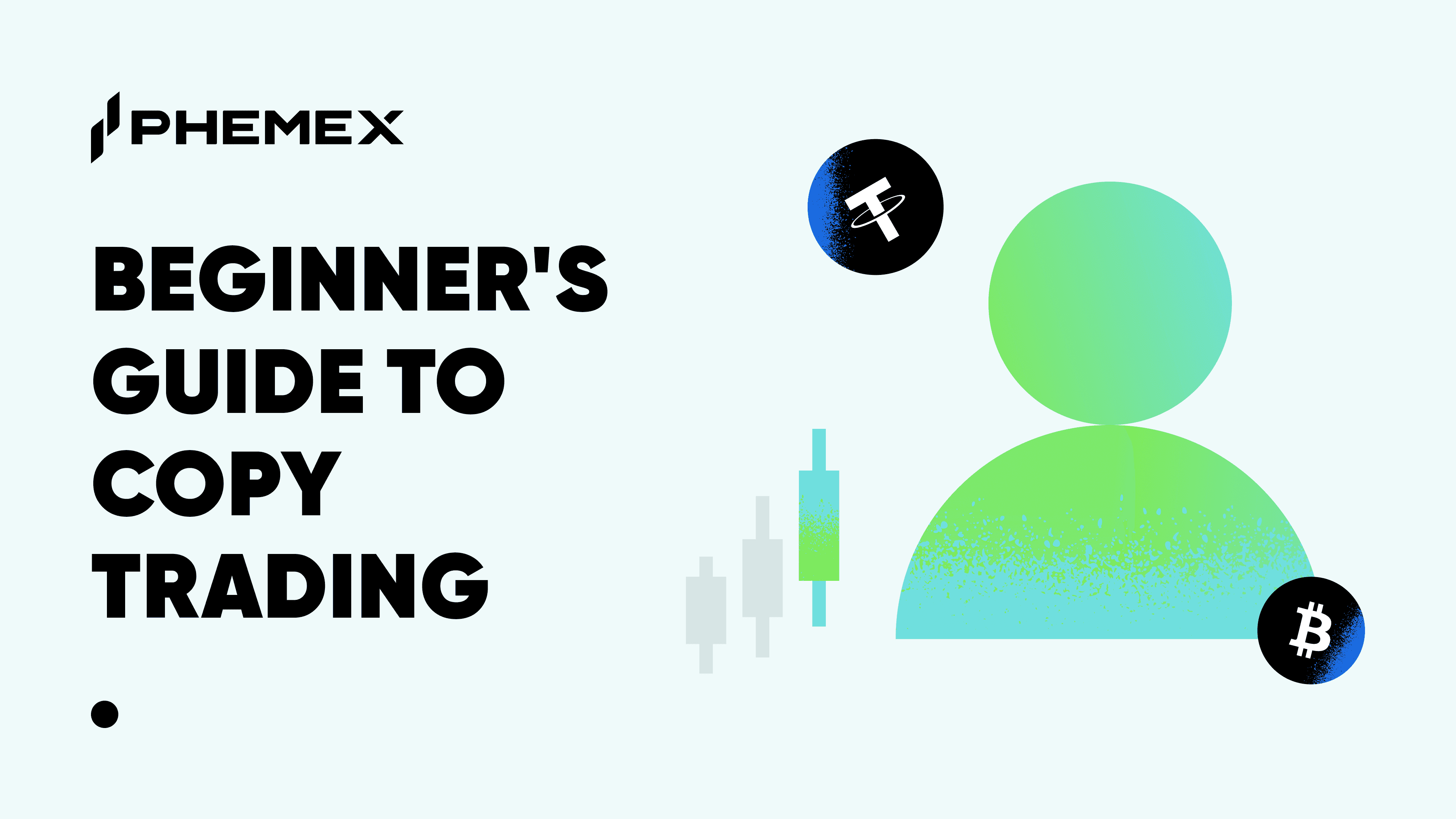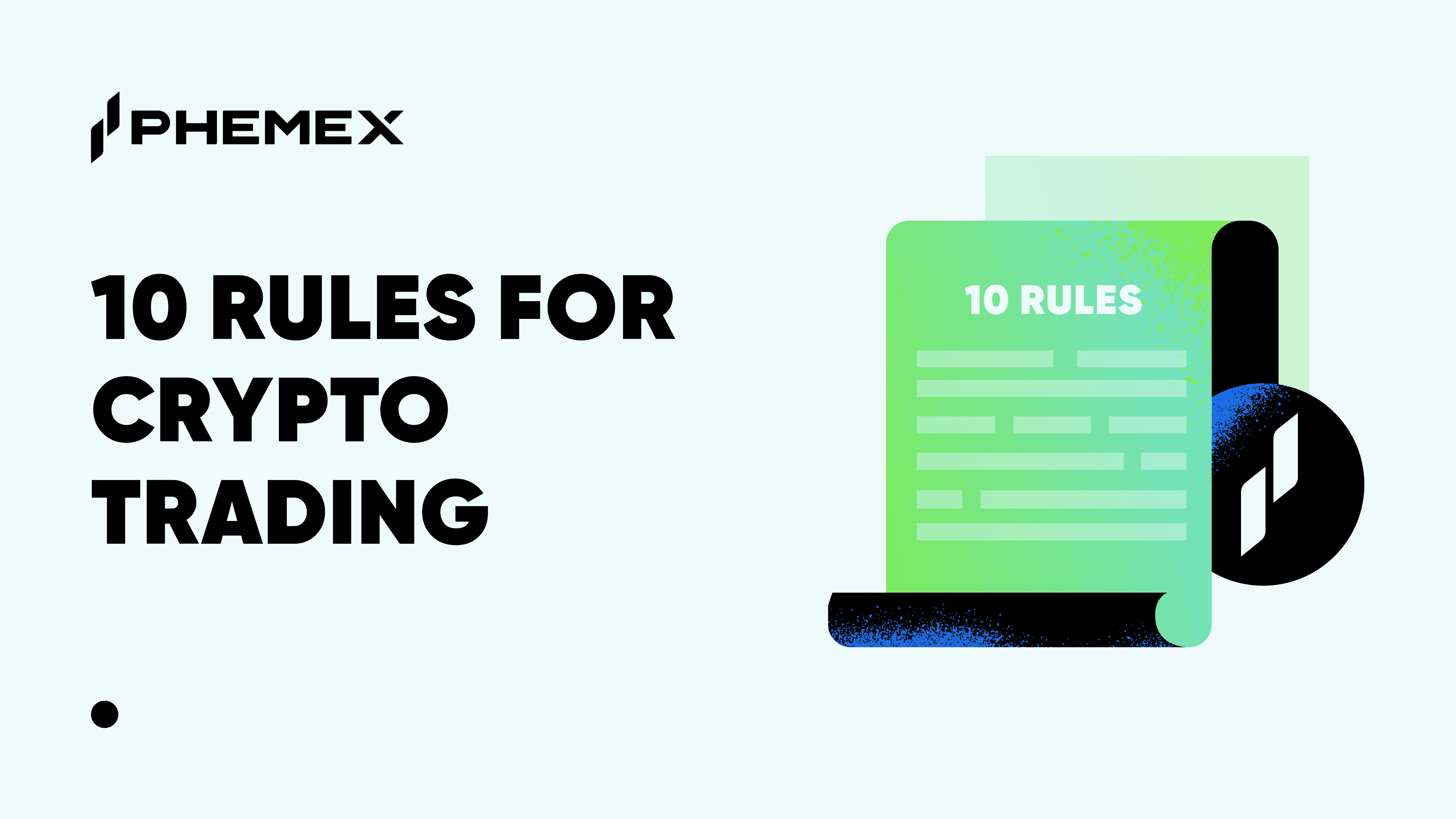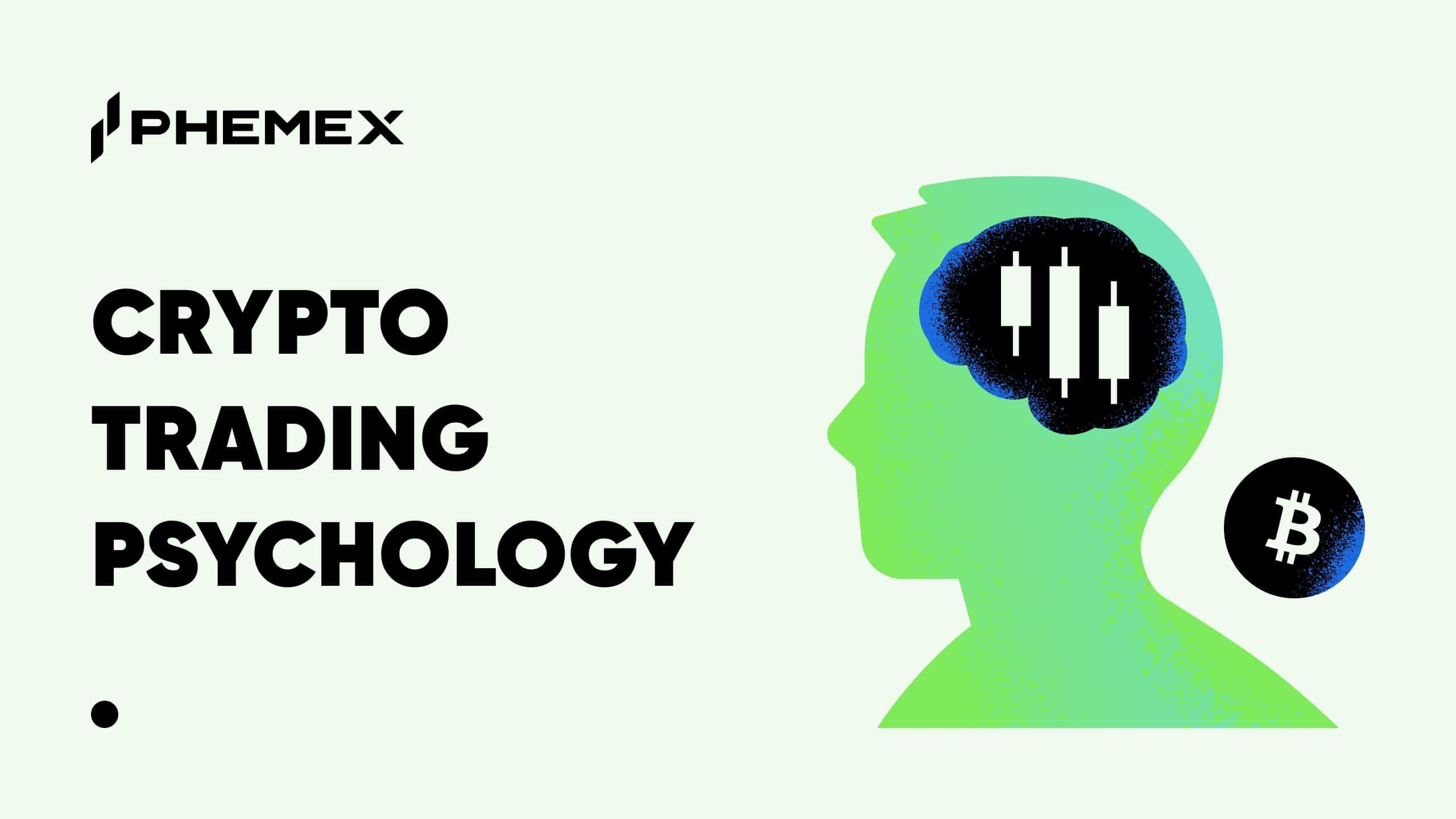Options are financial instruments that confer the holder with the option, but not an obligation, to buy or sell an underlying asset at a specified price. Options provide traders with greater leverage and allows them to profit off of both bullish and bearish markets. Each option has a specified expiration date by which they must be exercised, or else they will expire.

What Is An Option?
The holder of an options contract has the right to buy or sell the underlying asset by a certain date (the expiration date) and at a specific price (known as the strike price). Each options contract typically represents 100 units of the underlying asset and involves a buyer and seller (known as the writer). To enter into an options contract, the buyer must pay a fee (known as the premium).
At any given moment, an options contract can be:
- In the money: meaning that the price of the underlying asset is within a range that makes the exercising the option profitable.
- Out of the money: meaning that the price of the underlying asset is within a range that makes the exercising the option unprofitable.
- At the money: meaning that the price of the underlying asset is the same as the strike price.
An option can be traded during any of these three stages. The premiums for contracts that are in the money are higher as the contract is already profitable. To know more about options pricing, read What is Options Pricing: Options Pricing Models Explained.
Options provide greater versatility on the market by allowing traders to leverage positions in assets at a price lower than purchasing that asset outright. This can be likened to borrowing money to go long or short on an asset. Though potential gains are magnified, so too are potential losses. Options can also be used by long-term holders to hedge their portfolio. For example, if a trader wishes to hold an asset through a significant market downturn, they can purchase puts to cover their losses without selling the underlying asset.
As with contracts for difference (CFDs), options can be considered a form of zero-sum game as each gain is matched by a corresponding counterparty loss on the other end of the trade. An option that gives the holder the right to buy an asset at a specified price is known as a call, while one that gives the right to sell an asset at the specified price is known as a put.

What Are Call Options?
A call is an options contract that gives the holder the right to buy the underlying asset at the strike price at any time before the expiration date. Traders buy call options when they expect the price of the underlying asset to rise above the strike price within a certain time frame. Exercising a call option executes a trade that simultaneously purchases the asset at the strike price then immediately sells them at the now increased spot price.
Traders write call options when they expected the price to fall below or stay at the strike price. A written call can be either covered or naked:
- Covered calls refer to calls in which the options writer holds an equivalent position in the underlying asset. Covered calls are typically written by investors who hold a long position in the underlying asset to earn additional revenue through premiums. The long position serves as a “cover” as in the worst-case scenario, the writer already owns the assets to deliver to the buyer if the contract is exercised.
- Naked calls refer to calls in which the options writer does not hold any position in the underlying asset. Naked calls are far riskier as in the worst-case scenario, the writer must purchase the underlying asset at the current spot price to deliver to the buyer. The potential downside is theoretically infinite as there is no limit to how much the price of an asset can rise from the strike price.

What’s An Example of a Call Options Trade In Crypto?
Suppose that Filecoin (FIL) is trading at a price of $30. Mark is bullish about the future of Filecoin and expects prices to trend upwards in the short term. Mark decides to take a long position by buying one call option at a strike price of $30 for three months and at premium of $1 per contract. Mark does not need to invest the full value of the coins. He only needs to contribute the total premium, which in this case is $1 x 100 = $100.
- Scenario A: The price of FIL rises above the strike price
Just as Mark had predicted, the price of FIL rises to $35. Mark decides to cash out by exercising his option to buy 100 FIL at the strike price, which costs him a total of $30 x 100 = $3000. He can then sell the FIL at the spot price, which earns him $35 x 100 = $3500. Mark’s total profit is calculated by subtracting the buy price and premium from the sell price ($3500 – $3000 – $100 = $400). - Scenario B: The price of FIL stays at or falls below the strike price
The price of FIL moves at the expense of Mark’s position, making it uneconomical to exercise his options. Mark allows the options to expire worthless and takes a loss of $100. As Mark was a buyer of the call option, his loss is limited to the premium. If this example were reversed and Mark was the seller, his losses would have been much higher.

What Are Put Options?
A put is an options contract that gives the holder the right to sell the underlying asset at the strike price at any time before the expiration date. Traders buy put options when they expect the price of the underlying asset to drop below the strike price within a certain time frame. Exercising a put option executes a trade that simultaneously purchases the asset at the spot price then immediately sells them at a higher strike price.
Traders write put options when they expect the price to rise above or stay at the strike price. As with calls, puts are written by investors that seek to earn additional gains through premiums. The worst-case scenario for the put writer is that they are forced to purchase the underlying asset when the buyer exercises their contract. The best-case scenario is that the buyer allows their contract to expire worthless, thereby netting the writer the premium.

What’s An Example of a Put Options Trade In Crypto?
Suppose that Solana (SOL) is trading at a price of $50. Mark is bearish about the future of Solana and expects prices to trend downwards in the short term. Mark decides to take a short position by buying one put option at a strike price of $50 for three months and at premium of $4 per contract. Mark does not need to invest the full value of the coins. He only needs to contribute the total premium, which in this case is $4 x 100 = $400.
- Scenario A: The price of SOL falls below the strike price
Just as Mark had predicted, the price of SOL plummets to $40. Mark decides to cash out by purchasing 100 SOL at the spot price, which costs him a total of $40 x 100 = $4000. He can then exercise his put option to sell the SOL at the strike price, which earns him $50 x 100 = $5000. Mark’s total profit is calculated by subtracting the buy price and premium from the sell price ($5000 – $4000 – $400 = $600). - Scenario B: The price of SOL stays at or rises above the strike price
The price of SOL moves at the expense of Mark’s position, making it uneconomical to exercise his options. Mark allows the options to expire worthless and takes a loss of $400. As with the previous example, Mark’s loss is limited to the premium.

Conclusion
At their core, all forms of options trading are a form of leveraged speculation. Options are a powerful tool that provide advanced traders with more flexibility on the market, while unlocking the potential for hugely magnified gains and losses. As with any leveraged instrument, traders should ensure that they understand the risks inherent to options trading and perform due diligence on the underlying assets before entering the options market.
Options buyers can make substantial returns at reduced risk as their exposure is limited to the premium while their potential gains are theoretically infinite. As the counterparty of the options buyer, writers can make comparatively smaller returns (limited to the premium) and are exposed to theoretically infinite potential losses. This discrepancy is due to the fact that the odds of an options trade are hugely stacked in favor of the options writer. According to a study by the Chicago Mercantile Exchange, over 75% of all options held to expiration ended up worthless.
Read More
- What are Crypto Options & How do They Work?
- What is Options Pricing: Options Pricing Models Explained
- What Is Moneyness? Bitcoin (BTC) Derivatives Value for Options Trading
- What is Contract Trading: How to Trade Crypto Derivatives on Phemex
- What are Crypto Derivatives & How do they Work?
- What Is A Covered Call: How to Lower Risk in Bitcoin Leverage Trading
- Crypto Trading vs. Investing: Key Differences Explained
- What are Crypto Derivatives: Most Popular Bitcoin Derivatives Explained









